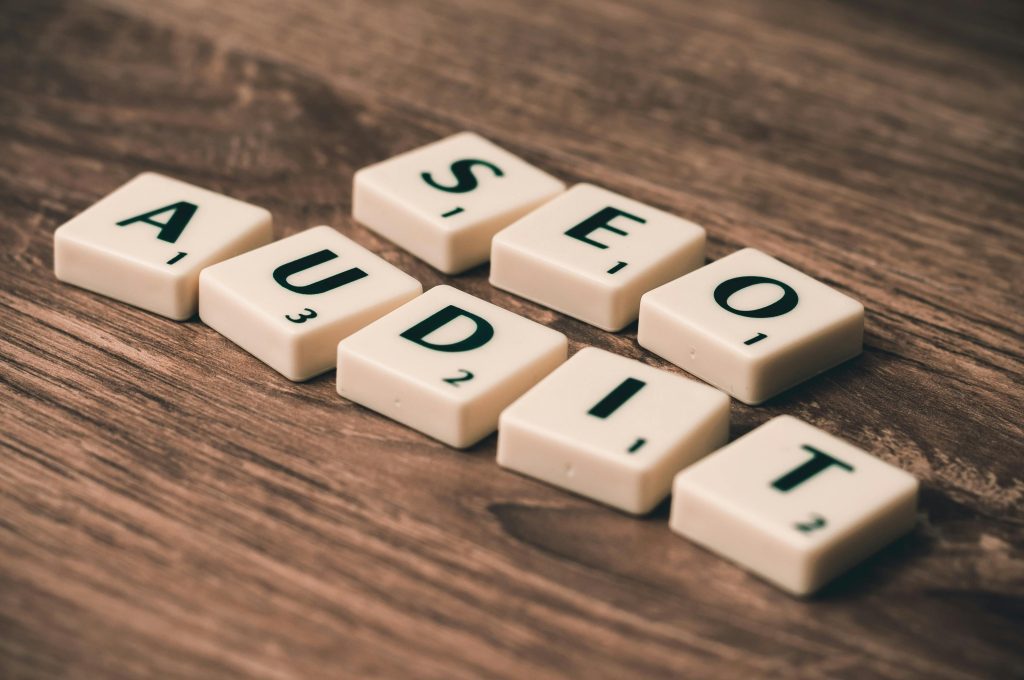
Introduction: Why Technical SEO Matters
Technical SEO is the foundation of a well-optimized website, ensuring that search engines can crawl, index, and rank your pages effectively. Without proper technical SEO, even the best content may struggle to rank.
In this guide, we’ll cover essential technical SEO best practices for 2025, from improving site speed and mobile-friendliness to optimizing structured data and fixing crawl errors. Whether you’re an SEO professional or a business owner, mastering these techniques will help boost your search visibility, enhance user experience, and future-proof your website for algorithm updates. Let’s dive into the key strategies to optimize your site’s technical health.
1. Ensure Fast Website Speed & Core Web Vitals
Website speed is one of the most critical technical SEO factors. A slow-loading website can negatively impact both user experience and search rankings. Google’s Core Web Vitals focuses on three key metrics:
- Largest Contentful Paint (LCP) – Measures loading performance; should be under 2.5 seconds.
- First Input Delay (FID) / Interaction to Next Paint (INP) – Measures interactivity; should be under 200ms.
- Cumulative Layout Shift (CLS) – Measures visual stability; should be under 0.1.
How to Improve Website Speed & Core Web Vitals:
✔ Compress and optimize images using WebP or AVIF formats.
✔ Minify CSS, JavaScript, and HTML files.
✔ Use a Content Delivery Network (CDN) to serve content faster.
✔ Implement lazy loading for images and videos.
✔ Upgrade hosting to a fast, reliable server.
2. Optimize for Mobile-Friendliness
With mobile-first indexing, Google predominantly uses the mobile version of your site for ranking and indexing. If your website isn’t optimized for mobile, you risk losing rankings.
Best Practices for Mobile Optimization:
✔ Use responsive web design to ensure pages adapt to all devices.
✔ Avoid intrusive interstitials (pop-ups that cover content).
✔ Optimize font sizes and tap targets for better usability.
✔ Improve mobile page speed using AMP (Accelerated Mobile Pages) or lightweight design.
✔ Test your site with Google’s Mobile-Friendly Test tool.
3. Fix Crawl Errors & Optimize Indexability
Search engines need to crawl and index your website efficiently to rank your content. Issues like 404 errors, broken links, or blocked pages can harm your rankings.
Best Practices to Improve Crawlability & Indexing:
✔ Check for crawl errors in Google Search Console (GSC) and fix them.
✔ Create and submit an XML sitemap to Google and Bing.
✔ Use robots.txt to control which pages search engines should or shouldn’t crawl.
✔ Implement canonical tags to avoid duplicate content issues.
✔ Use internal linking to help search engines discover important pages.
4. Implement Structured Data (Schema Markup)
Structured data, or schema markup, helps search engines understand your content and display rich results like FAQs, product reviews, and event details.
Best Practices for Structured Data:
✔ Use JSON-LD format (recommended by Google).
✔ Implement relevant schema types:
- Article Schema (for blogs and news)
- Product Schema (for e-commerce stores)
- FAQ Schema (for frequently asked questions)
- Breadcrumb Schema (for better navigation)✔ Test your structured data using Google’s Rich Results Test.
5. Secure Your Website with HTTPS
Google prioritizes secure websites in search rankings. A site without HTTPS encryption may show a “Not Secure” warning, deterring visitors.
Best Practices for Website Security:
✔ Use an SSL certificate (HTTPS).
✔ Regularly update CMS, plugins, and themes to prevent vulnerabilities.
✔ Enable HSTS (HTTP Strict Transport Security) for additional protection.
✔ Monitor security issues with Google Search Console’s Security Report.
6. Optimize URL Structure for SEO
Your URL structure should be clear, concise, and keyword-rich for better search engine understanding and user experience.
Best Practices for SEO-Friendly URLs:
✔ Use short, descriptive URLs (e.g., /technical-seo-best-practices).
✔ Avoid dynamic parameters where possible (?id=123).
✔ Include primary keywords in URLs naturally.
✔ Use hyphens (-) instead of underscores (_) or spaces.
7. Improve Internal Linking Strategy
Internal links help distribute page authority and improve site structure, allowing search engines to understand content relationships.
Best Practices for Internal Linking:
✔ Link relevant pages using natural anchor text.
✔ Ensure important pages have sufficient internal links.
✔ Avoid excessive linking—keep it useful for users.
✔ Regularly audit internal links for broken links.
8. Optimize Images for SEO
Images are a crucial part of web content but can slow down site speed if not optimized properly.
Best Practices for Image SEO:
✔ Use descriptive filenames (e.g., technical-seo-checklist.jpg).
✔ Add alt text to all images for accessibility and rankings.
✔ Compress images with WebP or AVIF formats.
✔ Use lazy loading to improve page speed.
9. Fix Duplicate Content Issues
Duplicate content can confuse search engines and dilute ranking potential. Avoid duplicate content by:
✔ Using canonical tags (rel="canonical") for duplicate pages.
✔ Redirecting duplicate URLs with 301 redirects.
✔ Avoiding boilerplate content across multiple pages.
10. Monitor & Maintain Your Site’s Technical SEO
Technical SEO is not a one-time task—it requires continuous monitoring and optimization.
Best Practices for Ongoing SEO Maintenance:
✔ Regularly audit your website using Screaming Frog or Sitebulb.
✔ Monitor performance in Google Search Console & Google Analytics.
✔ Keep track of indexing issues, crawl errors, and security vulnerabilities.
✔ Stay updated with Google’s algorithm changes to maintain rankings.
Conclusion: Implement These Technical SEO Best Practices Today
Mastering technical SEO best practices is essential for ensuring your website performs well in search rankings, provides a seamless user experience, and adapts to Google’s evolving algorithms.
By focusing on site speed, mobile optimization, structured data, security, and internal linking, you’ll improve your site’s crawlability and ranking potential.
Start implementing these strategies today and keep optimizing for long-term SEO success!
FAQs About Technical SEO1. What is technical SEO?
Technical SEO refers to optimizing a website’s infrastructure to improve crawlability, indexing, and performance for better search rankings.
2. How often should I audit my website’s technical SEO?
It’s best to audit your website at least once per quarter or after significant updates or redesigns.
3. What are the top three technical SEO factors?
The most important factors are site speed, mobile-friendliness, and proper indexing.
4. Can technical SEO improve organic rankings?
Yes! A well-optimized site helps search engines understand and rank your content better, leading to improved visibility.

